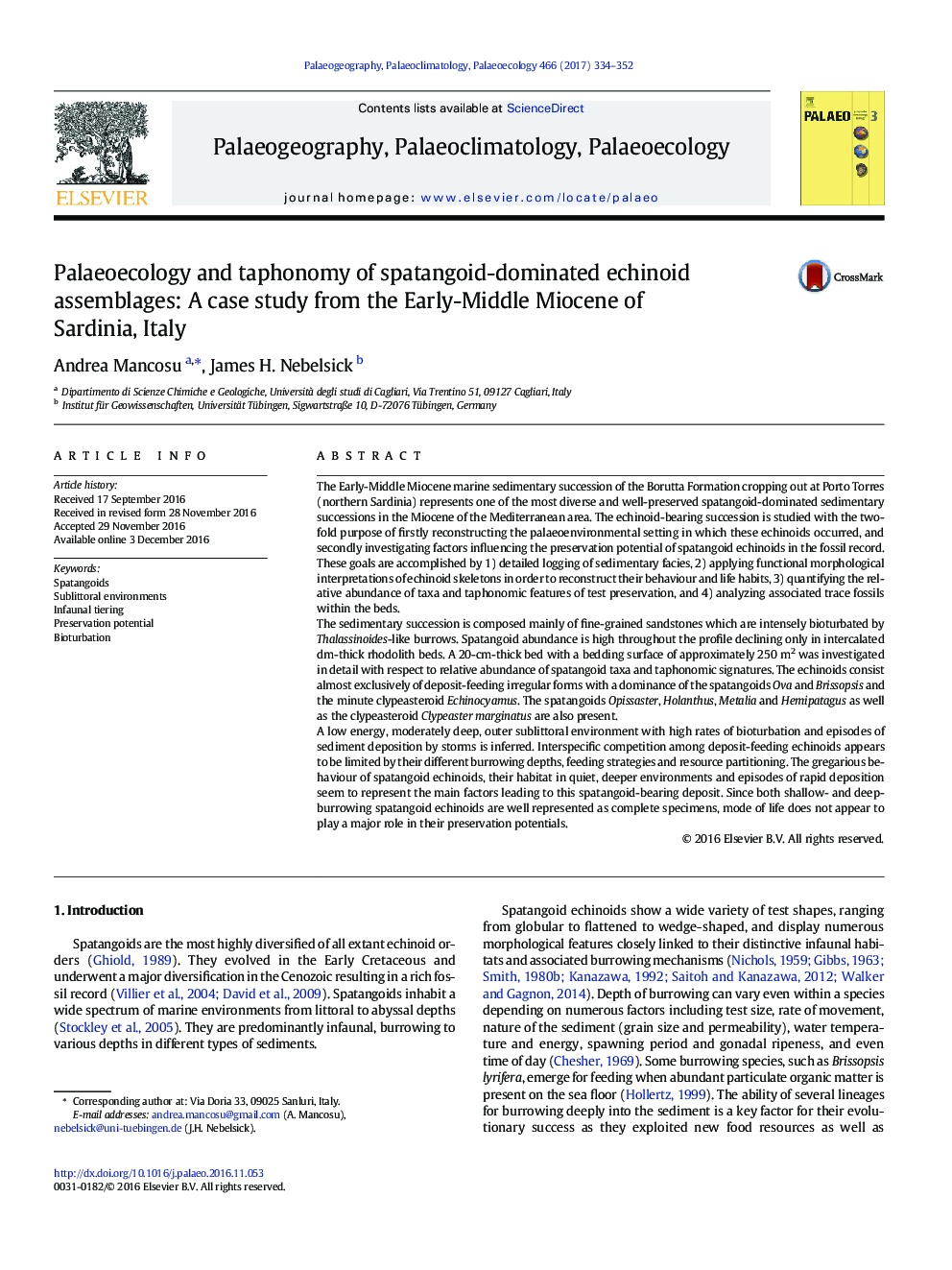| Article ID | Journal | Published Year | Pages | File Type |
|---|---|---|---|---|
| 5756042 | Palaeogeography, Palaeoclimatology, Palaeoecology | 2017 | 19 Pages |
Abstract
A low energy, moderately deep, outer sublittoral environment with high rates of bioturbation and episodes of sediment deposition by storms is inferred. Interspecific competition among deposit-feeding echinoids appears to be limited by their different burrowing depths, feeding strategies and resource partitioning. The gregarious behaviour of spatangoid echinoids, their habitat in quiet, deeper environments and episodes of rapid deposition seem to represent the main factors leading to this spatangoid-bearing deposit. Since both shallow- and deep-burrowing spatangoid echinoids are well represented as complete specimens, mode of life does not appear to play a major role in their preservation potentials.
Keywords
Related Topics
Physical Sciences and Engineering
Earth and Planetary Sciences
Earth-Surface Processes
Authors
Andrea Mancosu, James H. Nebelsick,
